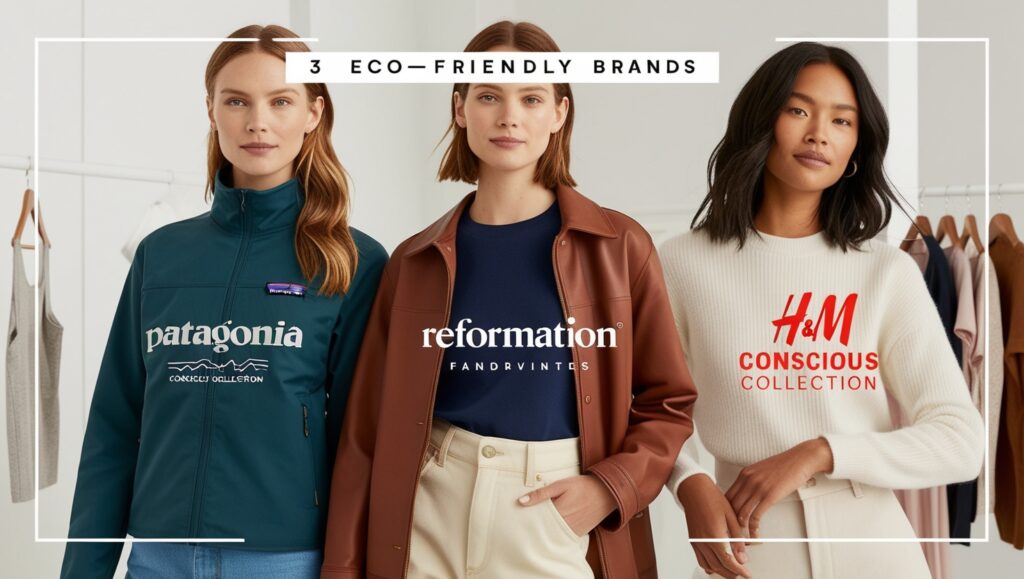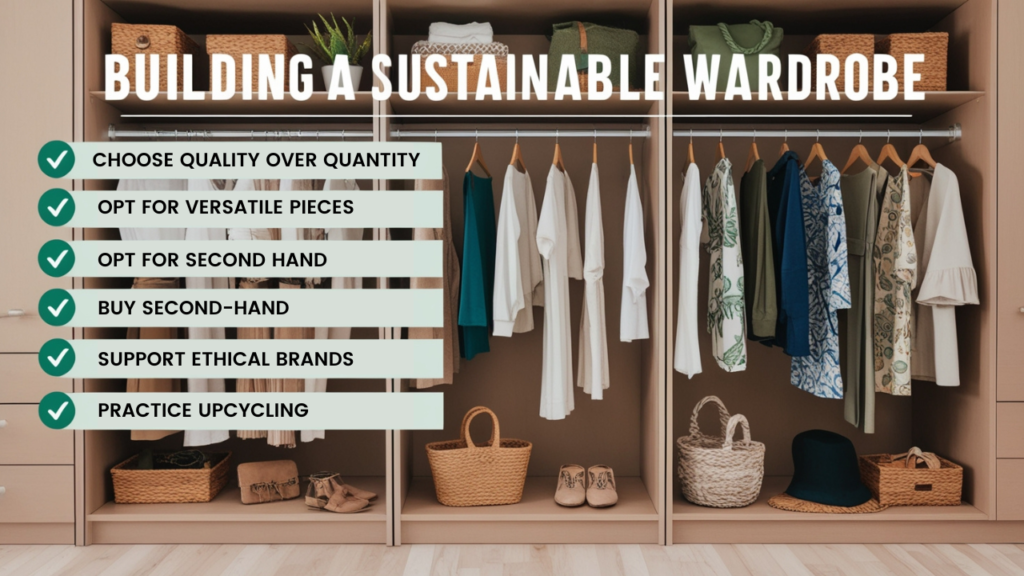In an era where environmental consciousness is paramount, sustainable fashion has taken center stage, especially among younger demographics. Sustainable fashion for girls in 2024 is not just about looking good; it’s about making ethical choices that positively impact our planet. In this blog post, you’ll discover powerful tips for building an eco-friendly wardrobe that looks fabulous and supports ethical practices. From stylish outfits to must-have accessories, we’ll guide you through making conscious choices that positively impact our planet. Join us in this revolution towards sustainability and transform your wardrobe into a showcase of green glamour!
The Importance of Sustainable Fashion
Sustainable fashion focuses on reducing the environmental and social impacts of clothing production. The shift towards sustainable practices is crucial with the fast fashion industry contributing to significant waste and pollution. According to a report by the Global Fashion Agenda, embracing sustainability in fashion could reduce greenhouse gas emissions by 30% by 2030
Trendy Styles for 2024

1. Eco-Chic Casual Wear
Casual wear is evolving into a stylish yet comfortable segment of sustainable fashion. Look for pieces made from organic cotton, hemp, or recycled materials that prioritize comfort without compromising style. Think oversized tees, relaxed-fit joggers, and sustainable sneakers perfect for everyday wear.
2. Statement Pieces from Upcycled Materials
Upcycling is a hot trend in sustainable fashion. Designers are creatively repurposing materials to create unique statement pieces. Upcycled fashion adds a personal touch to your wardrobe from patchwork dresses to bags made from discarded fabrics while reducing waste.
3. Bohemian Vibes with a Sustainable Twist
The bohemian style is making a comeback, and it’s easy to find brands that incorporate sustainable practices into their collections. Look for flowy dresses, wide-brimmed hats, and accessories made from ethically sourced materials that resonate with your free spirit.
Eco-Friendly Brands to Watch

1. Patagonia
Known for its commitment to environmental responsibility, Patagonia offers a range of clothing designed to last, with many items made from recycled materials.
2. Reformation
Reformation creates fashionable pieces using sustainable practices and materials, making it a go-to brand for trendy and eco-conscious shoppers.
3. H&M Conscious Collection
H&M has launched its Conscious Collection, focusing on using organic and recycled materials while promoting sustainable production processes.
Tips for Building a Sustainable Wardrobe

1. Choose Quality Over Quantity
Invest in high-quality pieces that will last longer, reducing the need for frequent replacements.
2. Opt for Versatile Items
Select clothing that can be mixed and matched easily, maximizing the number of outfits you can create without needing excessive pieces.
3. Support Local and Ethical Brands
Look for local brands that prioritize ethical production practices. Supporting smaller businesses helps promote sustainable fashion in your community.
Conclusion
As we embrace 2024, the shift towards sustainable fashion for girls is not just a trend—it’s a movement. By making informed choices about our clothing, we can express our individuality while taking care of the planet. Sustainable fashion offers a unique opportunity to blend style with conscience, making a significant impact on the world we live in.
FAQs
1. What is sustainable fashion?
Sustainable fashion refers to clothing that is designed, manufactured, and distributed in a way that minimizes environmental impact and promotes ethical labor practices.
2. How can I identify sustainable brands?
Look for certifications like GOTS (Global Organic Textile Standard) or Fair Trade, and check brands’ websites for information on their sustainable practices and material sourcing.
3. Can sustainable fashion be stylish?
Absolutely! Sustainable fashion can be both stylish and eco-friendly. Many brands are dedicated to creating trendy, fashionable clothing while adhering to sustainable practices.
4. How can I start building a sustainable wardrobe?
Begin by assessing your current wardrobe, choosing high-quality and versatile pieces, and investing in sustainable brands. Consider thrifting or upcycling to add unique items to your collection.
5. Are there any online platforms for sustainable fashion?
Yes, websites like ThredUp, Poshmark, and Etsy feature sustainable and second-hand clothing, making it easier to shop responsibly.
6. What are the benefits of sustainable fashion for girls?
Sustainable fashion offers numerous benefits, including reduced environmental impact, support for ethical labor practices, and the promotion of a circular economy. By choosing sustainable brands, you help minimize waste, conserve natural resources, and support workers’ rights in the fashion industry. Additionally, sustainable clothing is often made from higher-quality materials, leading to longer-lasting garments that can save you money in the long run.
7. How can I identify sustainable fashion brands?
To identify sustainable fashion brands, look for certifications such as GOTS (Global Organic Textile Standard), Fair Trade, or OEKO-TEX. Additionally, research brands that are transparent about their supply chain and manufacturing processes. Many sustainable brands also prioritize the use of eco-friendly materials like organic cotton, Tencel, or recycled fabrics. Checking for information on their website about their commitment to sustainability can also be helpful.
8. Can I find sustainable fashion on a budget?
Absolutely! Many sustainable brands offer budget-friendly options, and shopping second-hand is a great way to find unique pieces without breaking the bank. Additionally, consider participating in clothing swaps with friends or family, where you can exchange clothes you no longer wear for new-to-you items.
9. How does sustainable fashion impact the environment?
Sustainable fashion positively impacts the environment by reducing waste, conserving water and energy, and minimizing pollution. Traditional fast fashion contributes to significant environmental issues, including greenhouse gas emissions, water contamination, and excessive waste. By choosing sustainable options, consumers can help combat these issues and promote a healthier planet.








